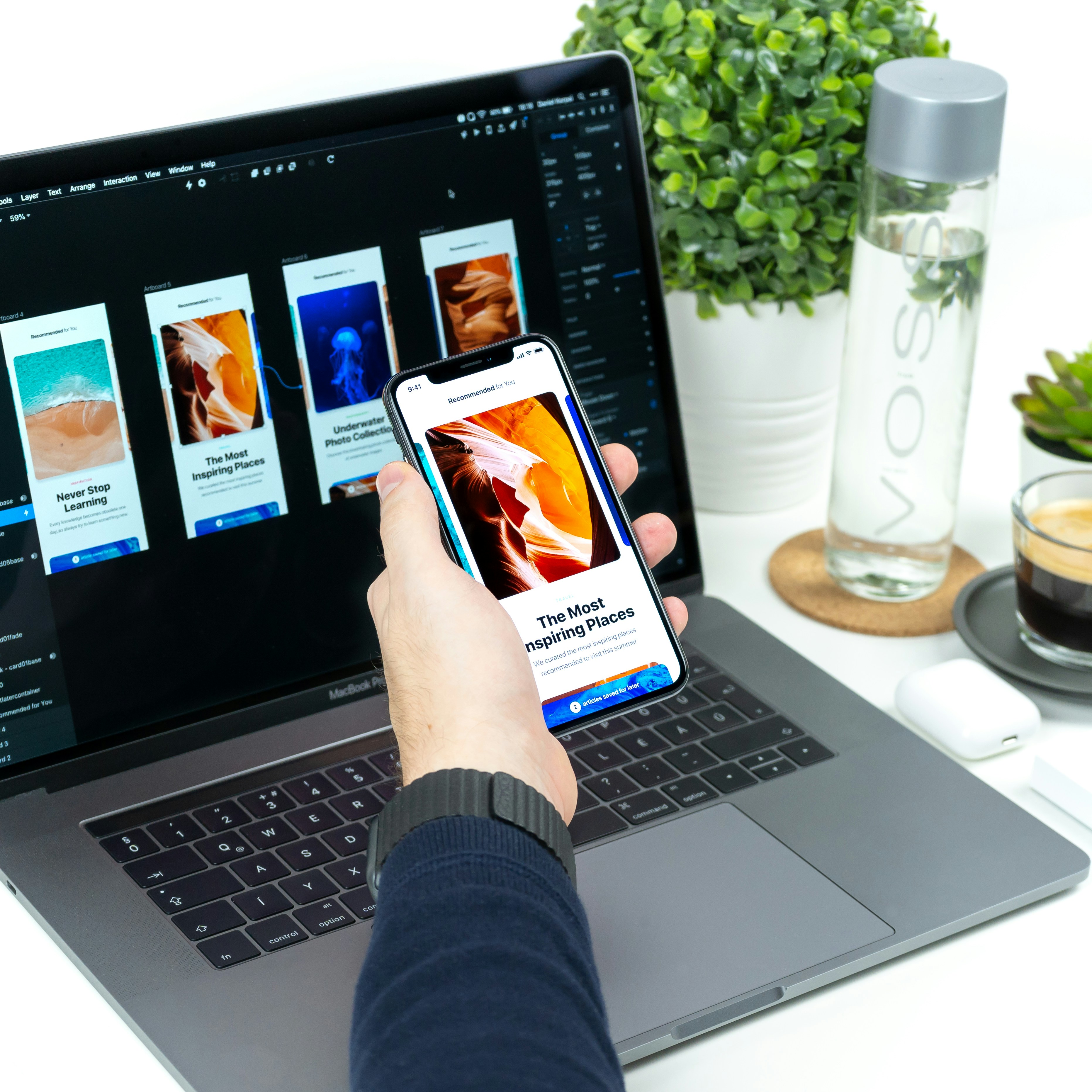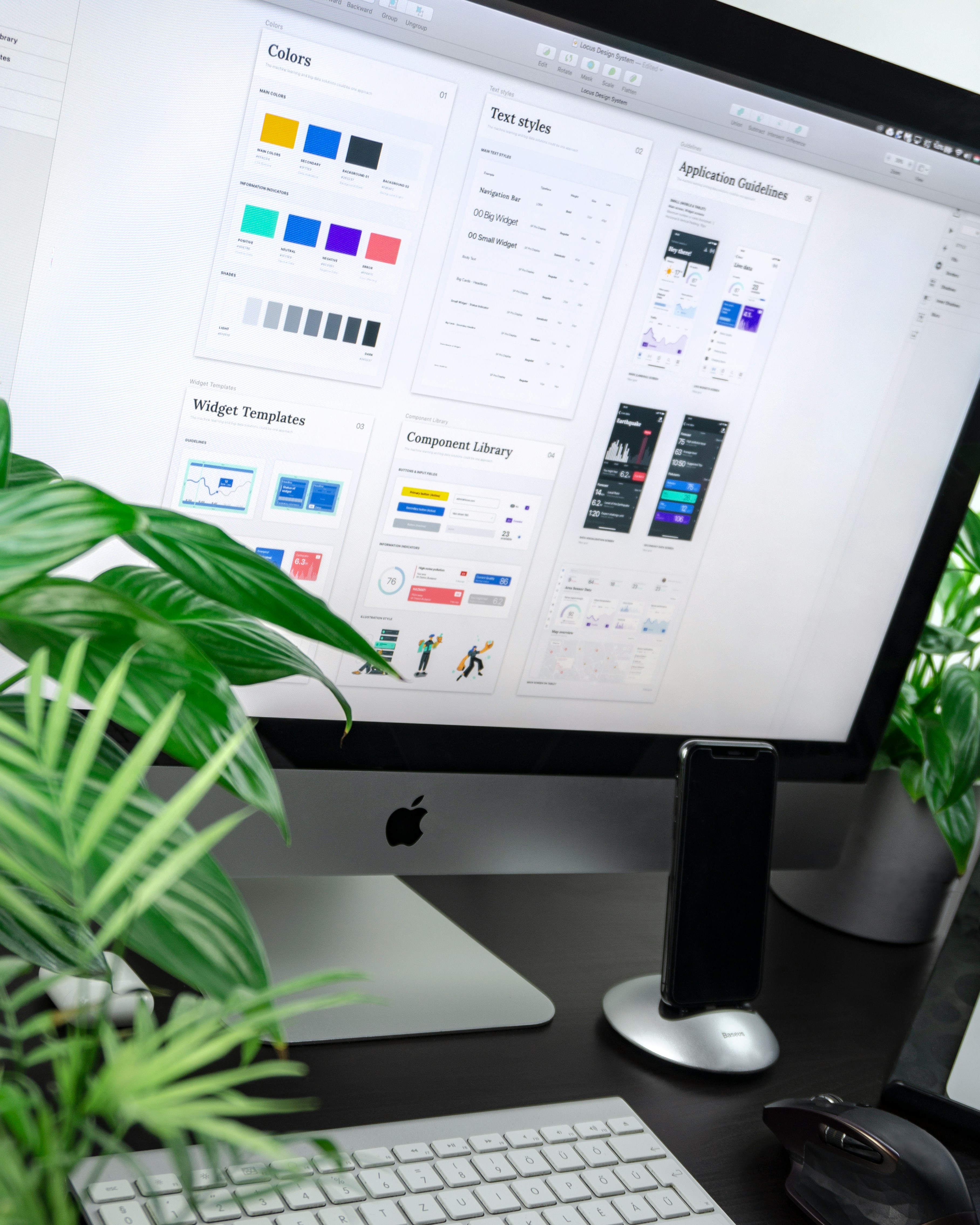Crafting the Perfect User Experience: 7 Essential Factors to Consider.
Aug 10, 2024
As the digital landscape continues to evolve at a breakneck pace, the importance of delivering a seamless and engaging user experience (UX) has never been more paramount. Whether you’re designing a sleek mobile app or a robust e-commerce platform, there are several key factors that can make or break the success of your product.
Let’s dive into the seven essential elements that shape a truly remarkable user experience:
7 Key Factors That Affects UX Design
1. Usability: At the heart of any great UX is the principle of usability. A product or service that is simple, intuitive, and easy to navigate allows users to accomplish their goals quickly and efficiently. Think of the classic example of the Mini Cooper — despite some ergonomic challenges, its timeless design and user-friendly controls have contributed to its enduring popularity. This is the case because the Mini Cooper’s designers prioritized the driver’s experience, ensuring that common tasks, like adjusting the climate controls or switching between radio stations, were seamless and hassle-free.
2. Accessibility: Designing for inclusivity is no longer a nice-to-have, but a critical consideration. In the US alone, nearly 20% of the population lives with a disability. By incorporating accessibility features into your UX, you open the door to a vast, underserved market. Something as simple as ensuring your website is compatible with screen readers can make a world of difference. Take the example of an e-commerce platform that allows users to navigate the site using only voice commands or keyboard shortcuts. This level of inclusivity not only demonstrates a genuine commitment to accessibility, but it also enhances the overall user experience for all customers.
3. Usefulness: A successful product must fulfill a genuine need for its users. Whether it’s solving a pressing problem or offering a delightful experience, usefulness is the foundation upon which loyal user bases are built. Apple, for instance, has mastered the art of creating products that seamlessly integrate into people’s lives, making them indispensable. The iPhone, for example, has become a ubiquitous tool that serves as a personal assistant, entertainment hub, and communication device, all in one sleek package.
4. Value: Delivering tangible value to your users is essential for long-term success. This could come in the form of cost savings, increased productivity, or even just a heightened sense of joy and satisfaction. The key is to ensure that the perceived value of your product or service outweighs the price tag in the eyes of your users. A classic example is the Instant Pot, a multi-functional pressure cooker that has become a staple in many households. Its ability to dramatically reduce cooking times and simplify meal preparation has made it a hit with busy professionals and home cooks alike, providing immense value to its users.
5. Credibility: Trust is the bedrock of any successful user-product relationship. By cultivating a credible brand image, transparent communication, and a commitment to accuracy, you can inspire confidence in your users and encourage them to become loyal advocates. Consider the case of a financial planning app that consistently provides reliable investment advice, backed by a team of seasoned professionals. Over time, this unwavering commitment to credibility can transform users into brand ambassadors who actively recommend the app to their friends and family.
6. Desirability: The aesthetic appeal and emotional resonance of your product can significantly impact the user experience. Companies like Apple have mastered the art of crafting desirable designs that elicit a sense of pride and exclusivity in their users. The sleek, minimalist aesthetic of an iPhone or MacBook, coupled with the brand’s focus on user-centric innovation, has cultivated a devoted following of “Apple fanatics” who eagerly await each new product release.
7. Findability: In today’s information-saturated world, ensuring that your product or service is easily discoverable is crucial. Intuitive navigation, clear labeling, and strategic content organization can all contribute to a seamless “findability” experience, allowing users to quickly locate what they’re looking for. Consider the example of a comprehensive news website that organizes its content into clearly defined sections, such as “Politics,” “Business,” and “Entertainment.” This intuitive structure enables readers to effortlessly find the information they’re seeking, enhancing the overall user experience and encouraging repeat visits.
By keeping these seven key factors at the forefront of your UX design process, you can create products and services that not only meet the functional needs of your users but also captivate their hearts and minds. After all, the true hallmark of a successful UX lies in its ability to delight, engage, and empower the people who use it.
If you’re a fellow product designer or an aspiring one, I encourage you to embrace these principles and let them guide your creative process. By putting the user at the heart of your design decisions, you’ll unlock the secrets to creating products that truly resonate and stand the test of time.
Link to Full Medium Post: https://medium.com/@emmanuelseaman97/crafting-the-perfect-user-experience-7-essential-factors-to-consider-6da684197ad9



